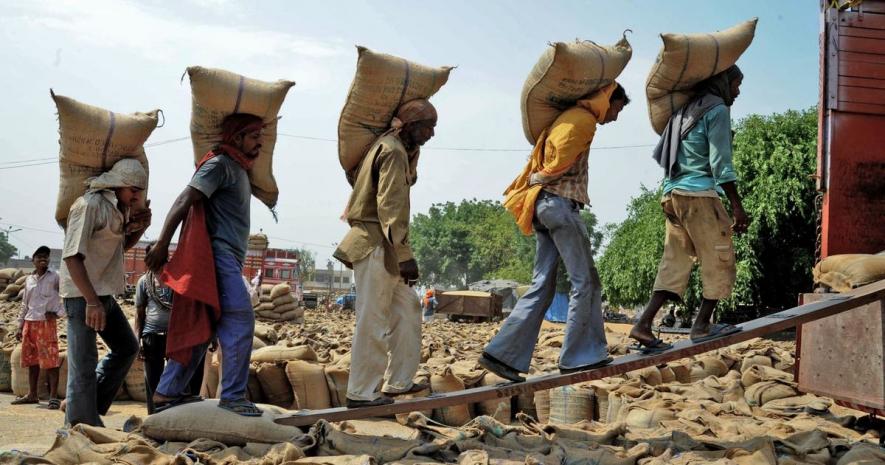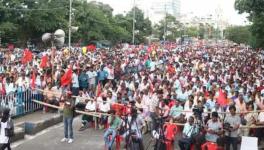Farmers Incurred Losses as High as Rs 200 Crore Under Madhya Pradesh’s Bhavantar Bhugtan Yojana

Image Coutesy: Scroll.in
Under Madhya Pradesh government’s Bhavantar Bhugtan Yojana (Price Deficit Financing Scheme), farmers have incurred estimated losses as high as Rs 200 crore due to alleged manipulations by traders in sales transactions of crop produced during Kharif last year, Scroll.in reported.
In February, the state’s Agricultural Marketing Board had launched an investigation into 1,08,000 “suspicious” transactions involving 470 traders who bought farm produce from farmers at very low prices.
While directing the district collectors to investigate this, the board’s Managing Director Faiz Ahmed Kidwai stated that “it has been found that in some mandis same traders have bought produce from same farmers through multiple transactions at a price below the prevailing market rates and much below the minimum support price”. However, it has been reported that there has been not much progress in investigation from the government’s side.
Bhavantar Bhugtan Yojana
Madhya Pradesh government had launched Bhavantar Bhugtan Yojana in October 2017, claiming to compensate farmers’ losses due to low market prices. Under this scheme, the government had fixed average sales price for five selected crops – urad, soyabean, maize, moong and groundnuts and paid farmers amount equivalent to the difference between average sales price and minimum support price. Farmers, however, ended up getting lesser compensation in most of the cases, as the crop produce was sold at much lower price (actual market price) than the fixed average sales price. On the other hand, if farmers had sold their crops at a price above average sales price, they were paid only the difference between the actual price (at which they sold their crop produce) and the minimum support price.
During the first sales window between October and December last year, the government claimed to have paid Rs 1,944 crore to the farmers under this scheme for which, 21 lakh farmers had signed up.
How losses incurred
About 11.2 lakh quintals of urad, 44,100 quintals of soyabean, 44,300 quintals of maize, and a few quintals of moong and groundnuts were sold through these transactions being probed.
According to the report by Scroll.in, “In about 71% of the total 108,000 transactions, the price at which the crops were sold ranged between 30% and 60% of the minimum support price while in about 26%, it ranged between 10% and 60%. In about 2% of the transactions, the sale price was more than 60% of the minimum support price (no upper limit was specified) and in less than 1%, it was less than 10% of the minimum support price.”
“For transactions in which the crops were sold at less than 10% of the minimum support price, the minimum range was also taken as 10% of the minimum support price to keep the loss estimate conservative. For transactions in which crops were sold at more than 60% of the minimum support price, the upper limit was taken as the average sale price, assuming the traders listed in the letter were not likely to have bought the crops at a higher rate,” it said.
Based on these price ranges, Scroll.in calculated minimum and maximum values for every transaction in question. In this analysis, it has been found that the government had only compensated Rs 258 crore (difference between minimum support price which was Rs 623 crore and average sales price which was Rs 365 crore) for the transactions in question.
But, the analysis found that the actual price at which the crops were sold ranged between Rs 166 crore and Rs 337 crore. Thus, the difference between the actual sales price and the average sales price, which could be between Rs 28 crore and Rs 200 crore, was not compensated.
How traders benefitted
In order to prevent the traders from suppressing market prices, the government claimed to have fixed average market prices. However, the investigation revealed that due to large-scale sales transactions at lower prices, even the average sales price of many crops fell below the market prices prevailing in previous years.
Get the latest reports & analysis with people's perspective on Protests, movements & deep analytical videos, discussions of the current affairs in your Telegram app. Subscribe to NewsClick's Telegram channel & get Real-Time updates on stories, as they get published on our website.
























